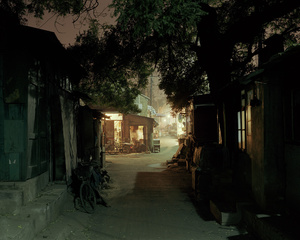
Hutong south of Guangqumen Neidajie. Beijing, China. 11/2002
Over half a century after the introduction of a communist model, the leaders of China have laid the fundations of a new super power.
By changing from a state controlled economy, from a rural economy to an urban industrial economy, and finally from a policy of economic self-sufficiency to one of opening up to the world, China has become the El Dorado of the multinationals.
This new era has imposed the construction of a new setting. In Beijing, in less than 10 years, the equivalent of inner Paris have been demolished and rebuilt. Promoted to capital of the Empire in 1267 by the Mongolian Yuan dynasty, no other historic capital has been remodelled in this way, at such a scale or at such speed.
Hardly 30 years ago Beijing was still a vast village constructed at ground level and carved up according to a grid pattern. The narrow alleys of ancient Beijing called « hutongs », lined by traditional collective houses (« Si he yuan ») and built around square courtyards, have been destroyed to make way for large blocks of flats and wide boulevards. From the moment the sign « chai », meaning « destroy », has been placed on a house, the inhabitants generally have about two weeks to organise the move. People who have had a compulsory purchase order placed on their house must also leave the city centre, an environment deemed unhealthy, for the distant suburbs.
The building sites are active day and night, the preparations for the 2008 Olympic games being the pretext for the brutal acceleration of these works. The Chinese capital is demolishing its historic heart to build groups of monumentally tall buildings. It is the model of the American city that dominates, with its office blocks, residential complexes and shopping centres. Beijing, which has become a political pawn, will now present an unexpected image – the image of a modern capital of 15 millions inhabitants, invaded by the automobile, encircled by several ring roads and about 30 new towns.
Leica European Publishers Award for Photography 2006

Hutong south of Guangqumen Neidajie. Beijing, China. 11/2002

A stall in a hutong quarter south east of Dongsishitiao near the Worker's stadium. Beijing, China. 11/2002
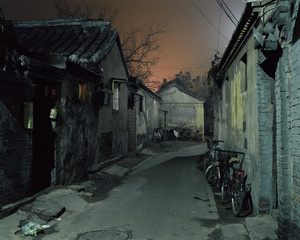
An inhabited hutong around the Drum tower, Dong Cheung district. 10/2003
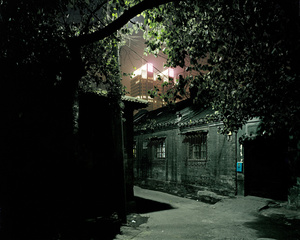
Hutong in Jianguomen, bordering the 2nd ring road. Beijing, China. 11/2003
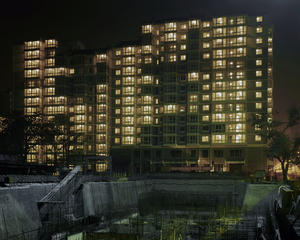
Building site along Jinbao Jie, Dongcheng district. Beijing, China. 11/2004

A Siheyuan which is still inhabited in a quarter that is in the process of being demolished to the east of Fuchengmen Beidajie, the future business centre to the east of Beijing, Xicheng district. Beijing, China. 11/2004
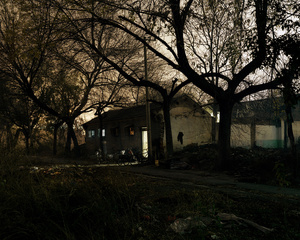
The last inhabited house in the razed quarter east of Chongwenmen Neidajie. Beijing, China. 11/2004
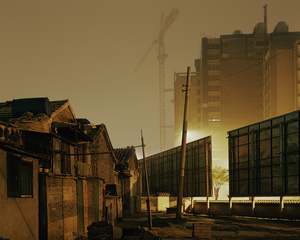
Hutong running alongside Jingfue Dajie, Chongwen district. Beijing, China. 11/2004
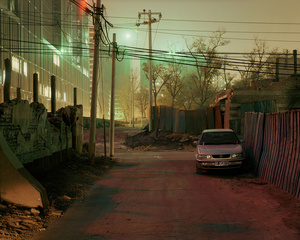
Building site to the east of Fuchengmen Beidajie, a future business centre in the east of Beijing, Xicheng district. Beijing, China. 11/2005
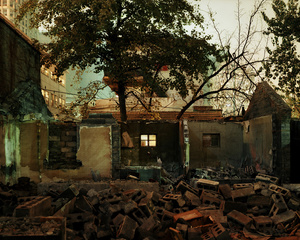
Hutong quarter in the process of demolition to the east of Fuchengmen Beidajie, the future business centre in the east of Beijing, Xicheng district. Beijing, China. 11/2005

Hutong quarter due for demolition, north of Tiantan park. Beijing, China. 11/2004

Fruit and vegetable shop in a quarter in the process of demolition to the north of Tiantan Park. Beijing, China. 11/2005

A card game inside a building on a site to the north of Tiantan park. Beijing, China. 11/2004

Workshop producing the carbon bricks which serve as heating in the hutong quarters in the north of Zhushikou Dongdajie. Beijing, China. 11/2003
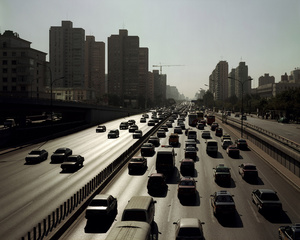
2nd ring road at the top of Xizhimen. Beijing, China. 11/2005

Hoarding showing a future business complexa long Dongsanhuan Beilu, the 3rd ring road in the Chaoyang quarter, north of China World. Beijing, China. 10/2001
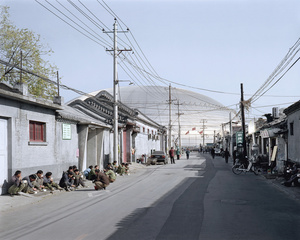
Lunch break for the workers on the site of the Peking Opera. Beijing, China. 11/2004
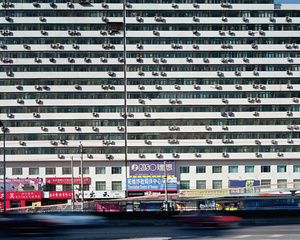
Residential flats on Dongsahuan Beilu, 3rd ring road. Beijing, China. 11/2002
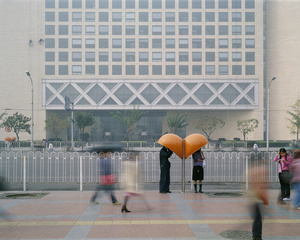
Telephone boxes in front of the Bank of China, Xidan Culture Square. Beijing, China. 10/2001
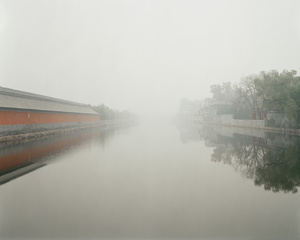
Forbidden City wall. Beijing, China. 10/2004